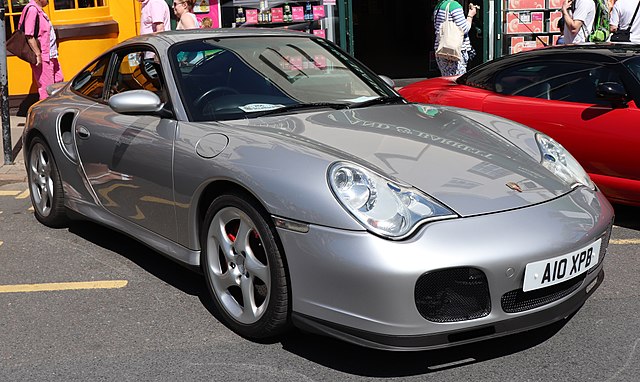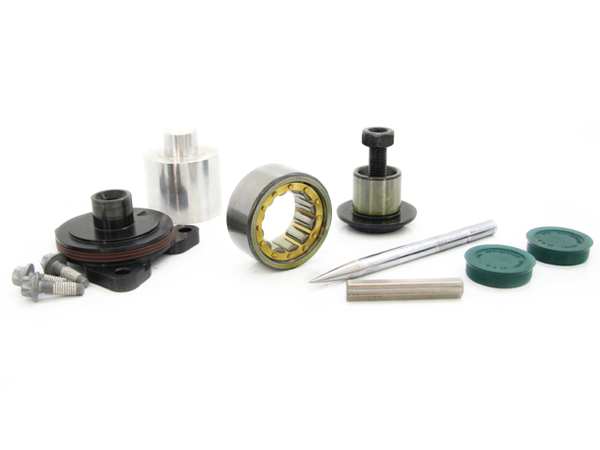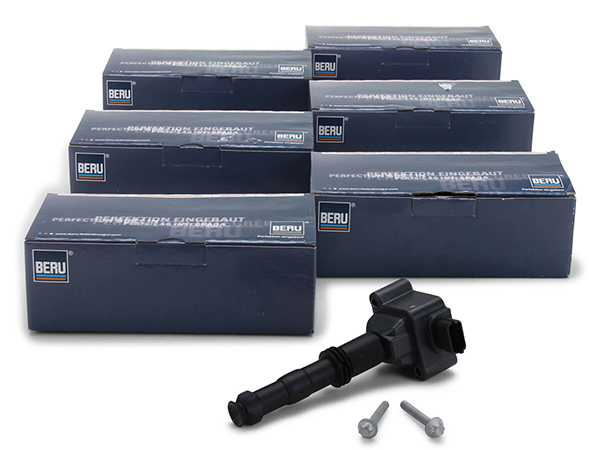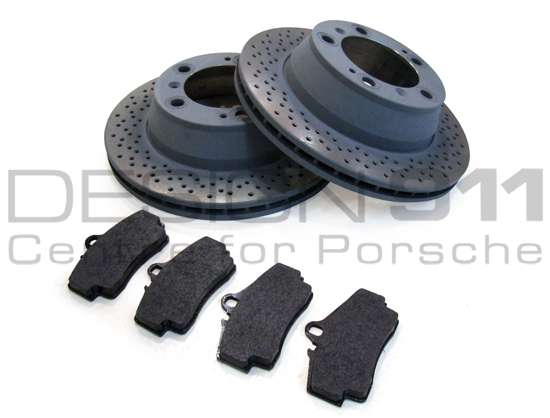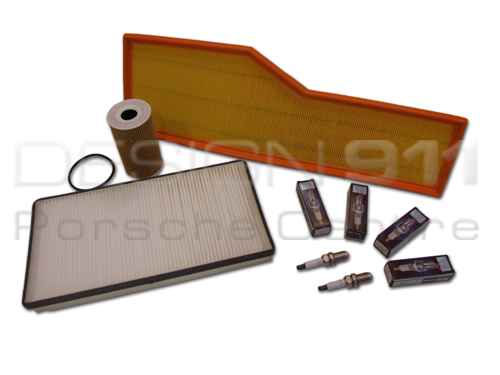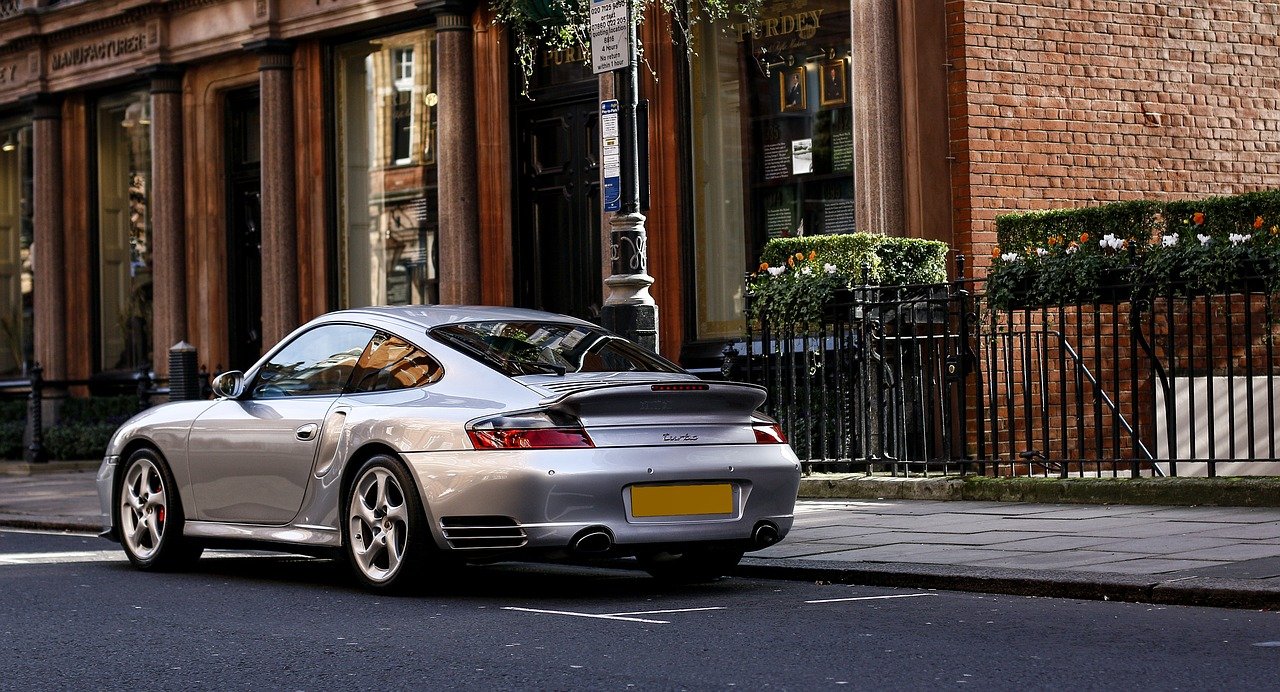
What’s the truth about the famous Porsche 996 that divides opinion?
The 996 was the first 911 variant since the Porsche flagship range took hold over the Porsche 356 to make any particularly major design changes to the original blueprint.
The plan for the 996 had begun to be plotted by Pinky Lai in 1992 with the intention to take the Porsche 911 range comfortably into the next Millenium. Stunting an adjusted body, new interior and a never seen before water-cooled engine, you’d be forgiven for thinking the 996 had all the elements to nib the approval of the early noughties.
The production of the 996 was also provoked by how the 1990s and early 2000s had plagued Porsche with financial struggles; signature features of the previous 911 models were closing in on their potential and previously novel Porsche parts were now impacted by new vehicular emission regulations and a lack of available funding.
Ask any Porsche fan today, and you would know that the 996 is notoriously known within Porsche communities for being a major turning point for Porsche 911 model variants – not least in terms of functionality.
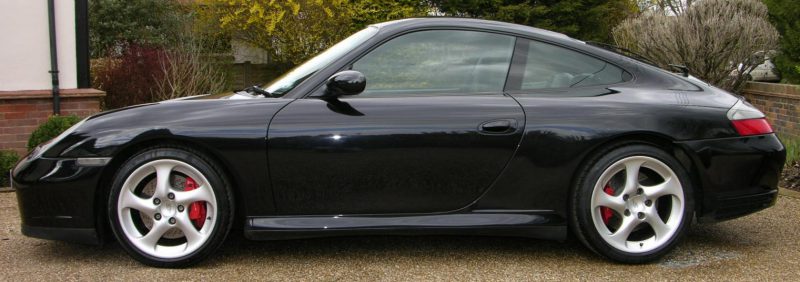
By The Car Spy – 2003 Porsche 911 Carrera 4S, CC BY 2.0, https://commons.wikimedia.org/w/index.php?curid=18038699
What about the 996 design?
Design-wise, the Porsche 996 thoroughly established and, to an extent, maintained the character of the unmistakable mid to late-90s 911 aesthetical changes, with a smoother, more rounded front, that wielded the modern-day exterior Porsche principles that we are familiar with today.
Utilising unique suspension and chassis in comparison to previous 911 models, the Porsche 996 received very early initial plaudit for its handling and newfound practicality; you see, up until this point, there had been almost no changes to these core handling features within the 911 variants throughout the years – it’s no surprise, then, that when these pre-1997 issues were fixed by the introduction of the 996, it was broadly welcomed.
So if the Porsche 996 was so successful at influencing the contemporary Porsche driving experience, why will you often hear people describe it as a semi-failed model?
There are many reasons as to why the 996 was rather unsuccessful in the 7 main years Porsche retained it in production; not least because several of the new features the Porsche 996 introduced were extremely unpopular.
Although criticism can be expected when renovations are made to a decades-old approach that had come to be timeless in the eyes of fanatics, the Porsche 996 quickly began to reap scathing reviews that no one involved at Porsche could have anticipated.
So what were the features that prompted a, at a stretch, mediocre reception to the car?
If you’re familiar with Porsche 911s prior to the 996 you might quickly recognise the shift in the form of the headlights.
The iconic oval shape was modified to a frame that has often been referred to as something similar to a “uniquely” cooked fried egg.
While obviously not exactly something to grab your pitchfork over, the headlights provide a great leeway into unpopular non-aesthetical changes at the time.
Of course, a switch to a water-cooled engine also sparked wrath in the hearts of the 911 range devotees, however, a more serious and objectively bad flaw was its proneness to complete engine failure.
Porsche had unintentionally neglected the amount of part lubrication required for the shaft bearing, which is what led to numerous immediate and abrupt engine failures, with absolutely no warnings. As suggested by the phrase, if you experienced engine failure in the 996, you would have no alternative but to totally replace the engine.
Among the manifold factors, however, one of the biggest criticisms Porsche received with the production of the 996 was its sharing of parts and production with the Porsche Boxster.
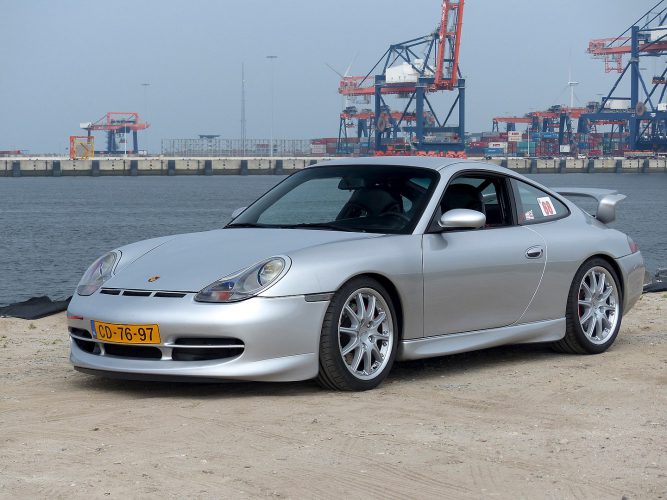
By Roman Boed from The Netherlands – Porsche GT3 at EuroportUploaded by FAEP, CC BY 2.0, https://commons.wikimedia.org/w/index.php?curid=27561161
Wait, what?
One of the ways Porsche intended and succeeded with keeping their costs down, during a particularly lacklustre period of time for commercialism, was by distributing development between the 996 and Boxster more equally.
The newly created entry-level Boxster shared many of the same parts, features and aesthetics as the Porsche 996 – not to mention Porsche produced interchangeable parts, meaning the same part could be used in both the Boxster and the 996.
While being an efficient way to keep costs down, complaints soon started surging in detailing how 996 owners were not happy that their supposedly high-end sports car was now sharing many features and exterior design elements as its younger sibling in the Boxster.
Together, these flaws worked in conjunction with others to formulate an air of unpopularity that would follow the Porsche 996 until 2004 (or 2006 if you like to be technical), when it was shelved for good.
So why would anyone go for a Porsche 996?
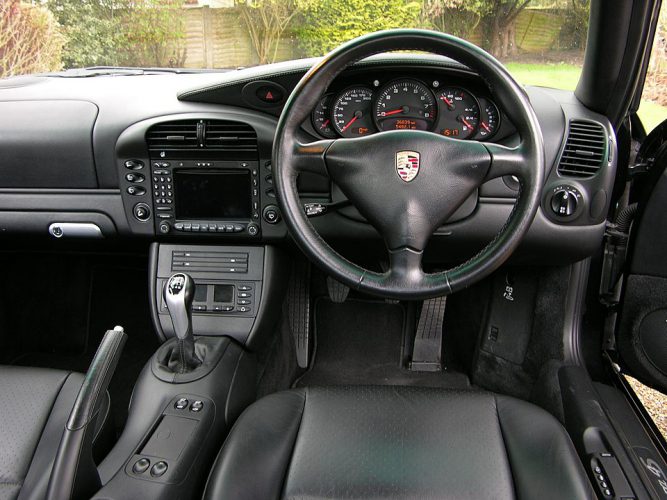
By The Car Spy – 2003 Porsche 911 Carrera 4S, CC BY 2.0, https://commons.wikimedia.org/w/index.php?curid=18038756
There are many reasons; thanks to the fact that the 996 was so unpopular during its “prime” production years, the 996 is now one of the most affordable Porsche 911 variants on the market – and let’s not forget the 996 is still a 911. You can find 996 models cheaper than its internally inferior 993, which is always a lovely bonus.
If you like to get a bang for your buck or want to experience the grace of owning a 911 with the best handling of the 90s on more of a budget, the 996 could be one of your best bets.
The 996 is still a beautiful and extremely functional Porsche model, not only that but the elements of the car(s) that made it so heavily, and perhaps unfairly, criticised are now easily remedied by using parts fit for the job.
So let’s take a little delve into a few parts that will sort out the initial 996 concerns and that stop it from being a great Porsche model.
Intermediate shaft IMS bearing upgrade
At this point, it’s probably clear to you why the IMS shaft being functional is the most important fix to any 996.
As stated before, failure of this part often leads to total engine failure, which is one of the worst possible happenings for any car.
So this IMS bearing upgrade is absolutely crucial if you plan on going out for a Porsche 996.
This IMS Eternal Fix retrofit kit installs in-car without removal or disassembly of the engine required, making this a super simple job for any makeshift car tamperer.
The Cylindrical Bearing has a Thrust Control design that has a load capacity 5 times greater than the other inferior, failure-prone, Ball Bearing solutions on the market!
Why is a Cylindrical bearing the best?
Aside from a higher load capacity, Cylindrical Bearings are also used in High Temp & Low Viscosity Lubrication such as Automatic Transmissions and they can carry extreme lateral pressure without wear to the friction surfaces – this is because the bearing friction surface is flat, not concave.
This product fits the Fits the Porsche 996 C2 3.4L 1998 – 2001, Porsche 996 C2 3.6L 2002 – 2004, Porsche 996 C4 3.4L 1999>>, Porsche 996 C4 3.6L 2000>>, Porsche 996 C4 3.4L 2001>>, Porsche 996 C4 3.6L 2002 – 2004, Porsche 996 C4S 3.6L 2002- 2005, Porsche 997 C2 3.6L 2005 M96 / M9701**, Porsche 997 C2S 3.8L 2005 M96 / M9701**, Porsche 997 C4 3.6L 2005 M96 / M9701**, Porsche 997 C4S 3.8L 2005 M96 / M9701**
**Engine (3.8) number up to M97/01 68509790 has the older IMS bearing (this product fits) and Engine number from M97/01 68509791 has the larger revised IMS. (this product does not fit) – **M96 Engine only.
It also fits the Porsche Boxster 986 2.5L 1997 – 1999, Porsche Boxster 986 2.7L 2000 – 2003, Porsche Boxster 986 2.7L 2004 – 2005, Porsche Boxster S 986 3.2L 2000 – 2005, Porsche Boxster 987 2.7L / 3.2L / 3.4L.
Ignition Coils
Ignition coils are quintessential to the condition of any car.
They take low voltage currents directly from a car battery and then transfer it into a high voltage – strong enough for the spark plugs to then go on and create a spark as the battery isn’t capable of doing this alone (thus starting the car and stopping initial engine failure and any related problem).
See it as the middleman between the car battery and sparkplug, the catalyst.
As school degree science tells us, a catalyst is typically needed to create any kind of reaction and that’s why there is an ignition coil in every cylinder of a car.
Let’s keep your 996 running smoothly with these Ignition Coil Pack of six that have new longer bolts.
This part fits Fits the Porsche 996 3.6L Inc C2 / C4 / C4S, Porsche 986 Boxster 2.7L / 3.2L 3.4L 2003>>, Porsche 996 GT3 MKI, Porsche 996 GT3 MKII, Porsche 996 Turbo, Porsche 987 Boxster 2.7L / 3.2L, Porsche 987C Cayman 2.7L / 3.2L, Porsche 997 3.6L, 3.8L / 997 GT3.
Front and Rear Brake Pads
When you use your brake pedal, how often are you thinking about what is going on down there?
For the average driver, this is almost never and they play on their luck (until there are noticeable problems, which happens more frequently with older age, higher mileage car with lower traction control).
Applying the brakes sends hydraulic fluid in the calliper against the brake pads which are situated on each side of the rotating brake disc; in turn, the friction created begins to bring your car to a halt.
Brake pads are very important and regularly checking and replacing them is a must for any driver – avid or not.
Front and rear brake pads for the 996 can be found here and here, respectively.
These parts fit the Porsche 996 C4S and Porsche 996 Turbo 2000>>.
Vehicle Maintenance Kits
We finish on one of the essentials. Vehicle maintenance can be a huge pain; frequent servicing is obviously nothing close to ideal and can be just another financial slap that can be avoided.
That’s why we’ve comprised these 4 kits that are each made for different individual variants of the 996 which can be found here, here, here and here.
The majority of these kits are comprised of an Oil Filter, Pollen Filter, Air Filter, Sump Plug Ring and six Spark Plugs – each specifically made for a different individual variant.
These kits are made for the Porsche 996 GT3 MK1, Porsche 996 GT3 MKII, Porsche Carrera 996 C2 3.6L, Porsche Carrera 996 C4 3.6L, Porsche Carrera 996 C4S 3.6L, Porsche 996 Turbo 3.6L and Porsche Carrera 996 3.4L 1997-02 respectively.
Final Thoughts

By Mark Harkin – DSCF0330, CC BY 2.0, https://commons.wikimedia.org/w/index.php?curid=23483364
So there’s the truth about the 996 and some of the many parts we stock that will silence its initial criticism.
Deceptively affordable and powerful, all while maintaining the look and newly upgraded driving experience of a Porsche 911, especially when fixed up with the correct parts.
If you’re after a budget 911 and want to get involved with the parts of your Porsche, this is the perfect model for you.
Have any queries about parts for your Porsche, need some information, want to chat with a specialist or need help with a problem to do with other services/parts? Don’t hesitate to contact us, visit our shop to see items on offer or enquire about our services – we’ll be happy to help with all manners of Porsche!

